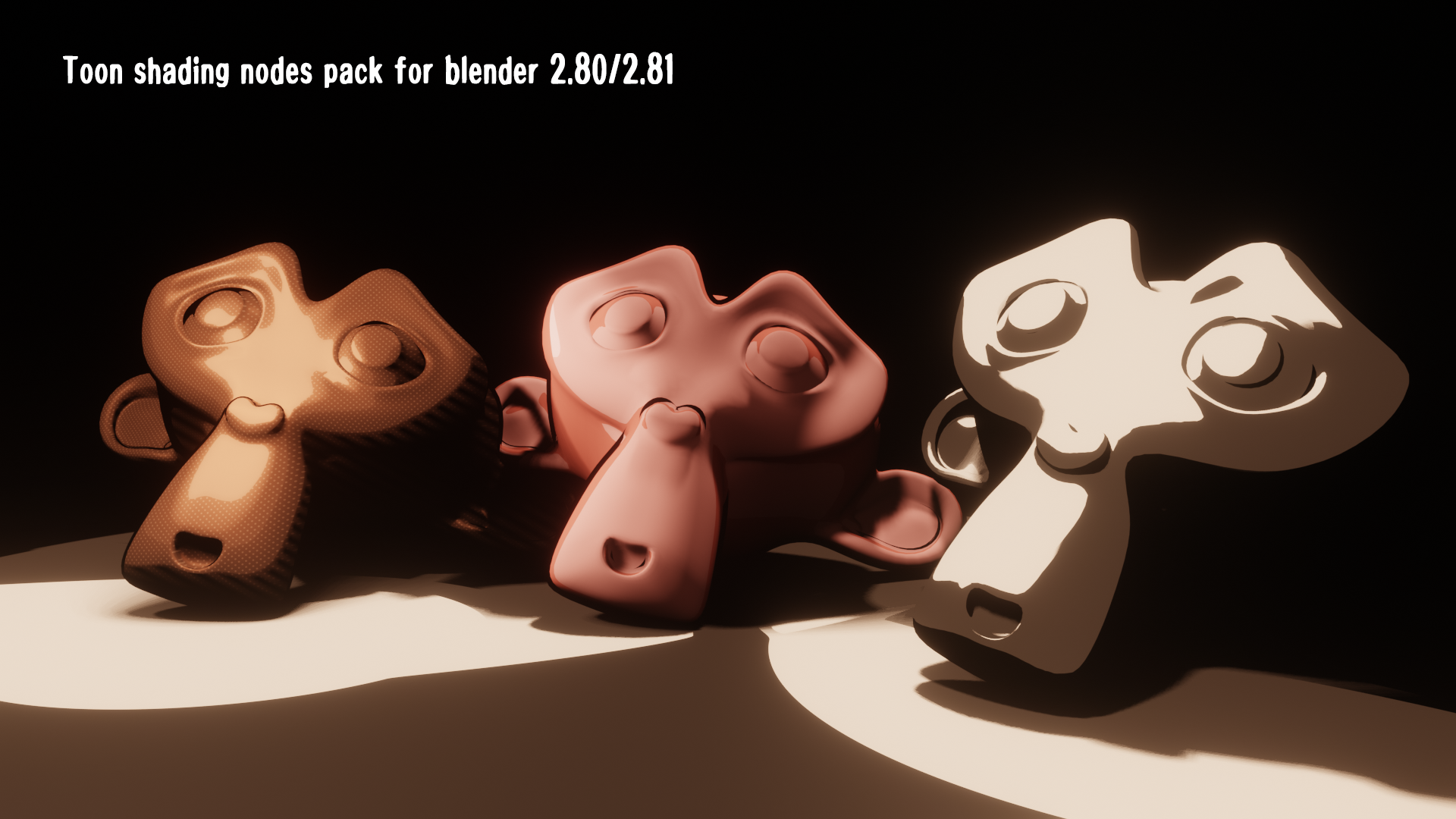

Please refer to 'Blender Job Submission' for more detailed information about each option of the RebusFarm setup window.Ĭlick on the button 'Upload to RebusFarm' to send your job to the render cloud. Open the RebusFarm setup window via the RebusFarm dropdown on the render settings or via the RebusFarm tab. Please navigate to the 'Output' properties and set a save path and output format for the images you want to render online.

These parameters will affect the render time and the quality but they depend on your scene, so please do some local tests before sending the job to the render cloud. Under 'Sampling' please select the values for the 'Render' and 'Viewport'. Under the option 'Render Engine' select EEVEE as renderer and your job will render online with GPU. Open your scene file using Blender and open the render settings via the properties or use the 'Rendering Blender' tab to prepare your scene to render online. You can also clamp them to 0 just to be sure.How to upload a job using Blender with EEVEE Renderer After this, values larger than 1, become negative and are ignored by volume shader. At the end we just invert everything ( 1.0-value) and this is our volume density.We repeat step 2 several times, each time using different Voronoi scale and smaller influence for multiplication.This works well on later iterations (small scale details). To achieve wispy features, we can simply invert the Voronoi and do the multiplication.In this step we can also introduce noise to voronoi texture coordinates to get distortion for more realistic clouds.This is how you control the influence of the blobs – if darkest parts of the voronoi noise are closer to 0, more influence it will have ).

We then multiply it with Voronoi noise (Intensity, Distance mode) (Voronoi noise must be in space where x > 0 & x (This gradient is how you control where there will be blobby features and where will be nothing)

It can be vertical gradient for cloud layers or squashed spherical gradient for single cloud shape. We start by constructing some sort of gradient space with values from [ 1.N) (where N > 1) (For example values from 1 to 10.0).Trying to explain the method in few sentences: Simple fact that anything multiplied by a number close to 0 is also close to 0, was the key to this method. Much better approach was actually working with inverse densities and doing multiplication instead of addition. It was more useful for misty masses of clouds. In my first try I was trying to combine densities additively, but it was quite hard to create blob like structures.


 0 kommentar(er)
0 kommentar(er)
